2023 Nashville Nine feature properties with ties to the Civil Rights Act of 1964

- Oops!Something went wrong.Please try again later.
NASHVILLE, Tenn. (WKRN) — The latest edition of the Nashville Nine features multiple historic properties with ties to the landmark Civil Rights Act of 1964 and Nashville’s desire to preserve the history of the struggle that led to that victory, Historic Nashville, Inc. (HNI) announced Tuesday.
Since 2009, HNI has released the annual list of nine local historic properties endangered by demolition, neglect or development. The list is compiled though a public nomination process, which reveals historic buildings and places that matter to the people of Nashville. Since its inception, the Nashville Nine list has represented a range of historic time periods, architectural styles, and building types that embody Nashville and Davidson County’s rich and diverse history.
“The Nashville Nine serves as Historic Nashville Inc.’s strongest advocacy tool for the preservation of Nashville’s unique history and sense of place. This includes buildings, neighborhoods, or historic landscapes in danger of being lost to demolition, redevelopment, or neglect,” the group said in this year’s announcement. “Through our work with property owners, elected officials, government agencies, neighborhood leaders, and the public, we educate, evaluate, and create informed solutions for preserving the places that matter most to Nashville.”
#1: JohnEtta Hayes House – 2519 W. Heiman St.
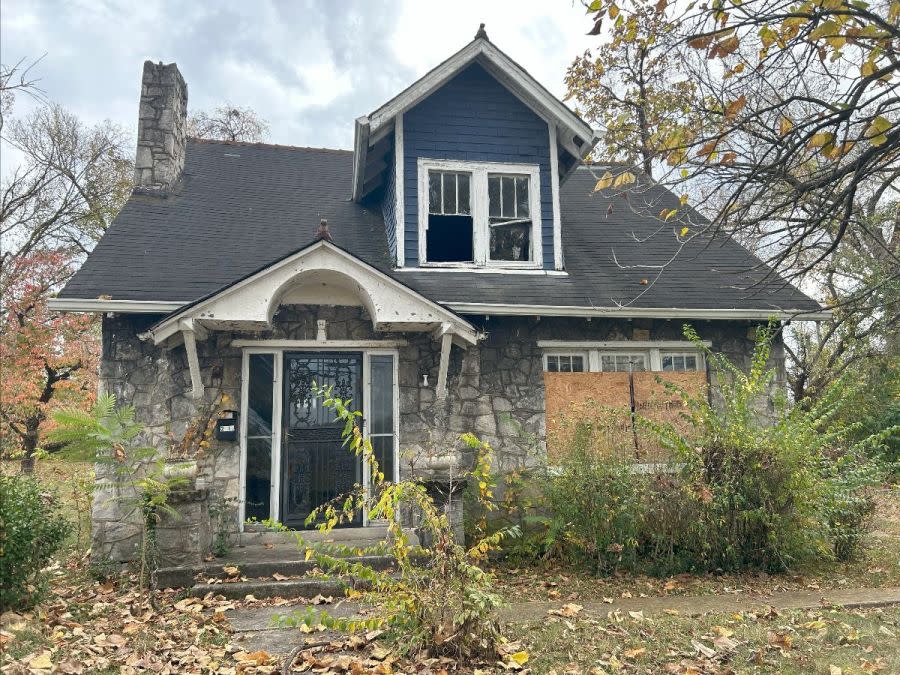
Hayes and other women organized and led walks with families who were desegregating Nashville schools in 1957. She then became very active in the Civil Rights Movement by marching and participating in the sit-ins. Hayes became the first elected female president of the Nashville chapter of the NAACP. She was appointed to serve on a committee that advised President Johnson before his historic signing of the Civil Rights Bill.
| READ MORE | Latest headlines from Nashville and Davidson County
This charming but neglected c. 1930 stone bungalow near Tennessee State University sits boarded up and flanked by newly subdivided lots that will soon be developed. Houses in the surrounding neighborhood are being refurbished and there isn’t yet a lot of teardown activity, but the vacant Hayes House is in dire condition. The inside has been taken down to the studs, windows are broken out, and the yard is littered with trash. This house is in critical condition and the property is currently for sale.
#2: J.W. Frierson Building – 1310 Jefferson St.
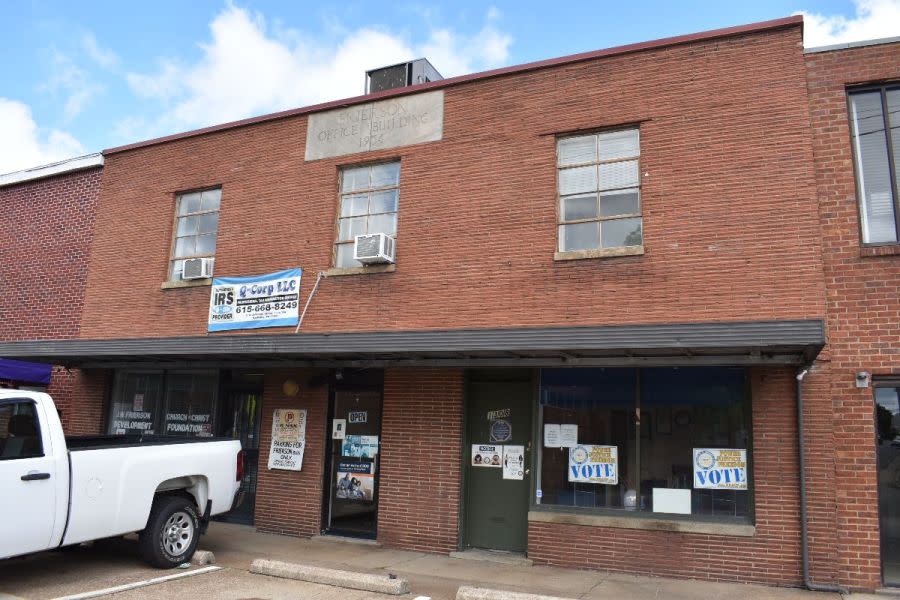
The namesake of this building, John Wesley Frierson, was a real estate mogul and church builder. His company headquarters was housed in the eponymous building he constructed in 1954. In his will, Frierson stipulated that the NAACP was to always have an office in the building, where the organization remains to this day. The North Nashville Colored YMCA was temporarily located on the second floor of the building in 1967, while the current Ashland City Highway site was being procured.
As development pressures on Jefferson Street escalate, we want to stay vigilant about protecting the historical treasures along this historic corridor. The Frierson Building could use a few repairs to make it more sustainable and ensure its continued use, such as a new HVAC system (in lieu of window units) and historic window refurbishment, as modern vinyl replacement windows may indicate some conditions issues. Though the Frierson Building reflects an unadorned mid-twentieth-century commercial architectural style, it is still a Civil Rights Movement gem and should be preserved.
#3: Adams-Kimball Cemetery – Hillsboro Pike
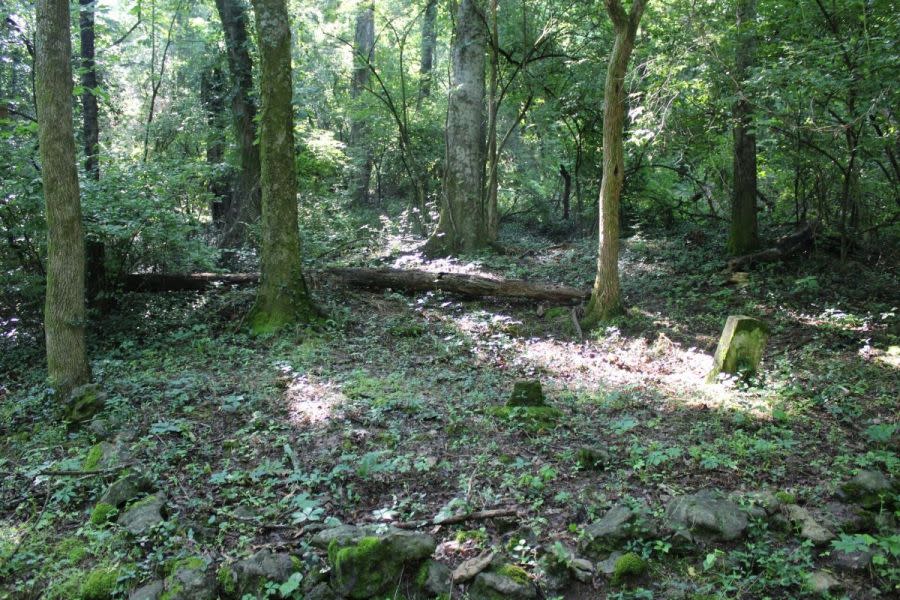
The Adams-Kimball Cemetery is representative of so many rural Black cemeteries in Davidson County, in that it is on land that is no longer accessible to the families of people buried there and it is hard to find. The site also likely contains numerous unmarked or undocumented burials, evident from fieldstones and depressions throughout the surrounding landscape. For much of Nashville’s history, most of the city’s cemeteries were off-limits to Black people and they were relegated to burying their loved ones wherever they could make space.
The rise of benevolent societies and prominent entrepreneurs such as Preston Taylor and Kossie Gardner, Sr. made cemeteries widely available to Black people, and the use of family burial grounds declined. While rural Black cemeteries often require different preservation approaches from their white counterparts, Nashville’s African American burial grounds need to be better documented so that the history of these individuals, families, and communities can be celebrated and shared with future generations.
PREVIOUSLY: Here are the properties on the 2022 Nashville Nine
#4: Frankie Henry House – 93 Maury St.
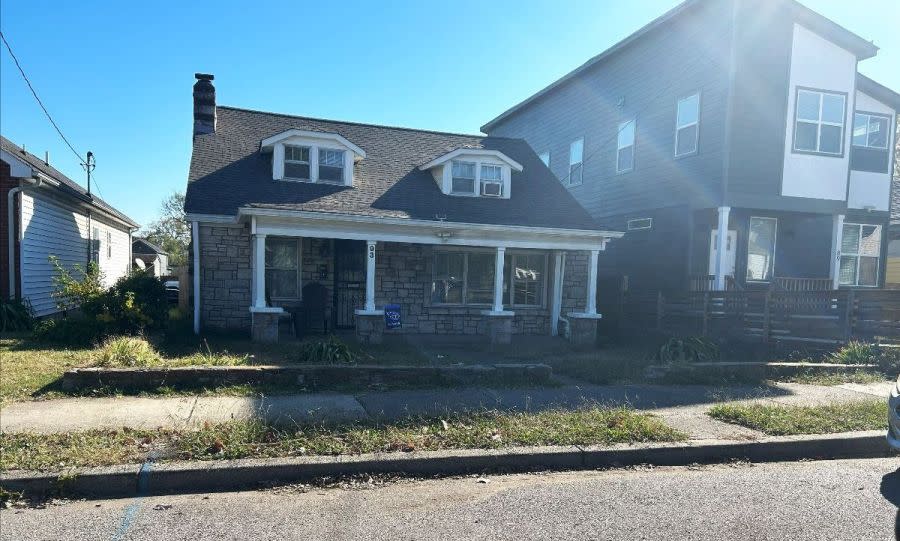
Frankie Henry was literally pulled into the downtown sit-ins by Diane Nash, who had been attempting to protest at a downtown restaurant but the server assumed she was white. On her way home from tap dancing class, Henry was switching buses downtown when Nash, a stranger, asked her to participate in a restaurant protest. During the sit-in, a white woman burned Henry with a cigarette. Henry was arrested and spent two weeks in jail, causing her to fail out of Tennessee A&I (now TSU). A decade later, she was able to complete college and became a teacher. Henry was one of many young adults at the forefront of the Nashville Student Movement, the nonviolent foot soldiers who endured despicable treatment and precipitated changes that led to Nashville’s role as the first major city to desegregate its public facilities in May 1960.
Henry’s c. 1935 house on Maury Street was built by her father and brother, both stonemasons. It has recently been for sale and HNI fears it could be a prime candidate for tear-down in a rapidly redeveloping neighborhood.
#5: Juno Frankie Pierce House – 2702 Meharry Blvd.
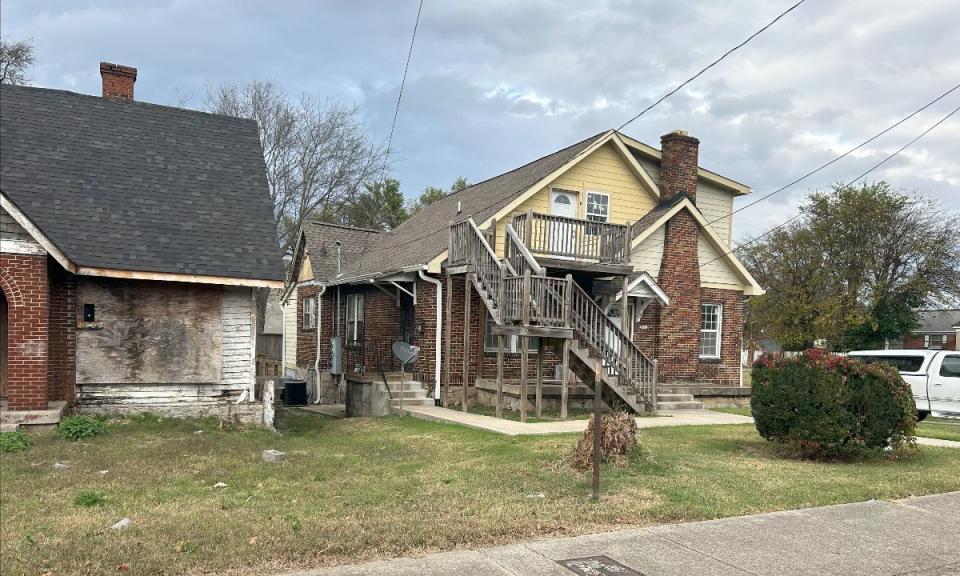
Juno Frankie Pierce was an early Black suffragette, leader, and visionary who worked with white women in order to secure all women the right to vote. Pierce was a founder of the Tennessee Vocational School for Colored Girls, president of the Negro Women’s Reconstruction League, founder of the Nashville Federation of Colored Women’s Clubs, and served on the first Committee of Management of the Blue Triangle League of the YWCA. She was a tireless advocate for civil rights and women’s rights.
📧 Have breaking come to you: Subscribe to News 2 email alerts →
This 1940s-era Meharry Boulevard house is one of four places Pierce lived in Nashville. It is the only one still standing. The home was converted into multi-family housing in the way of Nashville twenty years ago—evident in a series of strange additions and precarious exterior stairs. It has a large corner lot, and there are many new homes replacing tear-downs in the neighborhood. There’s currently nothing to indicate the significance of the house and it could easily be lost.
#6: Reagon-Leonard House – 716 26th Ave. N.
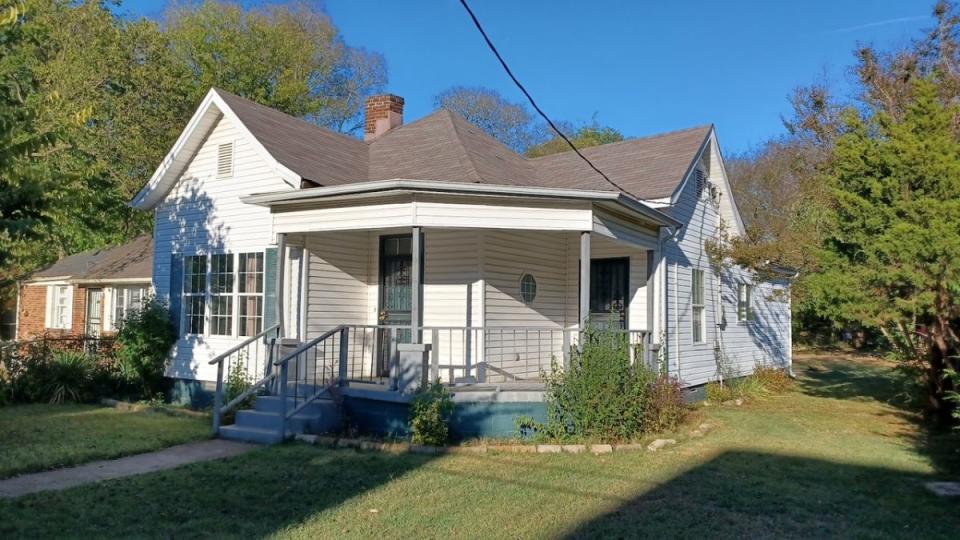
This was the childhood home of Freedom Riders Joy Reagon and her brother, Cordell Hull Reagon. Joy married fellow Freedom Rider Frederick Leonard and they lived in the house together from their wedding until they moved to Detroit. Cordell Hull Reagon was encouraged by Pete Seeger to use his beautiful singing voice for the Movement and Reagon founded the quartet, the Freedom Singers, which included his first wife, Bernice Johnson Reagon. The house stayed in the family until 2000, when Joy and Cordell’s mother passed away.
The house appears to be well cared for, but it is a small one-family home on a street where its neighbors are either the row of new townhomes across the way or the ultra-modern, high-six-figure four-square a few houses down. There is nothing on-site indicating the significance of this house and some visible alterations might make its preservation more challenging.
#7: R&R Liquors – 1043 Jefferson St.
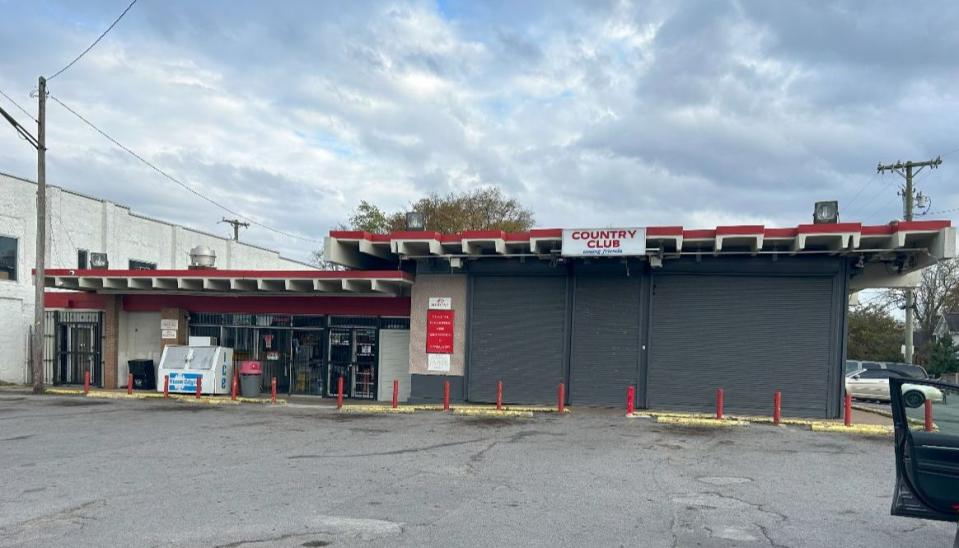
Starting in 1938 and continuing through the 1960s, The Negro MotoristGreen Book acted as a critical resource for African Americans who were traveling in the South. This slim volume listed places where African Americans could safely find food and lodging on their journeys through towns where they otherwise might be in grave danger if they entered the wrong establishment. The c. 1961 R&R Liquors store was one such local safe haven, in addition to others sited along Jefferson Street and in other parts of town.
The cool, retro R&R sign has recently been removed, but the mid-twentieth-century building with the distinctive precast concrete channel roof is still standing. Like other historical buildings along Jefferson Street, R&R Liquors is threatened by development pressures.
#8: Dr. Fred Goldner Office – 1816 Hayes St.
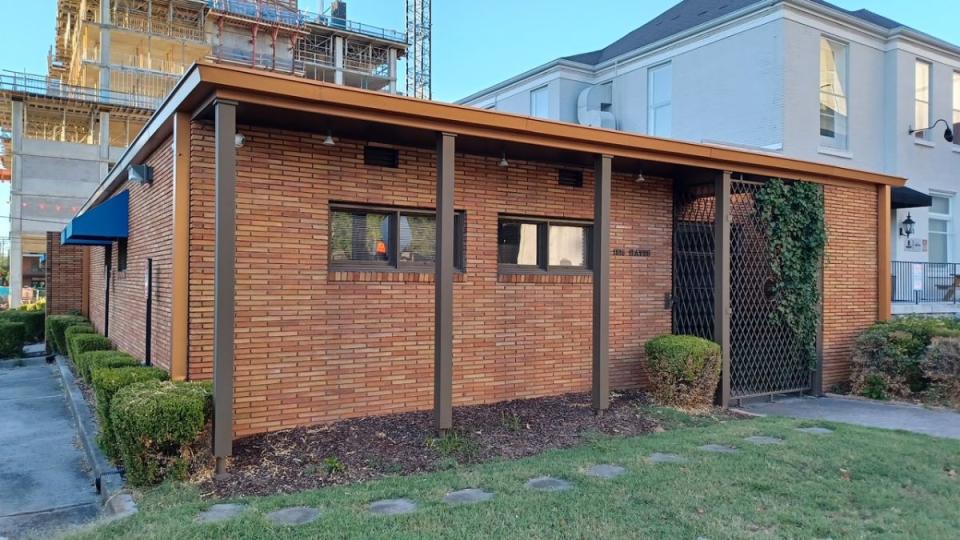
Dr. Goldner was a prominent Jewish Vanderbilt physician and medical school faculty member who was deeply troubled by the effects of racism and segregation on his patients and community. He and his wife participated in the downtown lunch counter sit-ins and he was one of the first physicians to integrate his waiting room. Dr. Goldner was a member of The Temple, where he chaired its Social Justice committee, and served on the board of the Gordon Jewish Community Center (JCC). As a young doctor, he lived through the 1958 bombing of the JCC and he would have been heavily influenced by Rabbi William B. Silverman’s encouragement of his congregation’s commitment to social justice. Dr. Goldner’s c. 1955 Mid-century Modern office has recently been for sale and stands in an area teeming with cranes as new fast-paced and large-scale development creeps into this Midtown neighborhood. As both a prime example of Nashville’s quickly vanishing inner-city mid-century architecture and an important site tied to local civil rights history, the Dr. Fred Goldner Office deserves to be recognized and preserved.
#9: Previously Listed Sites Still in Limbo: The Hubbard House and the Looby House
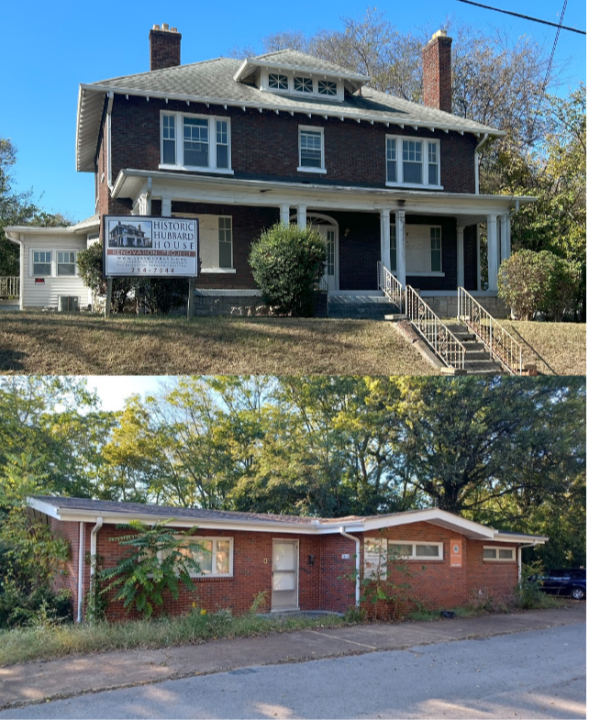
The ninth and final listing on this year’s Nashville Nine features two properties that appeared on previous lists. The Hubbard House was first featured on the 2016 Nashville Nine, while the Looby House first made an appearance on the 2020 Nashville Nine.
According to HNI, people are “still trying to figure our who has decision making power over Civil Rights attorney Z. Alexander Looby’s house,” while The Friends of Hubbard House are “struggling with how to fund the preservation of that important site, still, and the conditions have not changed much since the house was listed as a Nashville Nine property in 2016.”
For the latest news, weather, sports, and streaming video, head to WKRN News 2.

